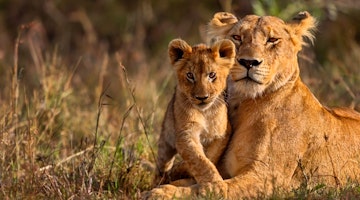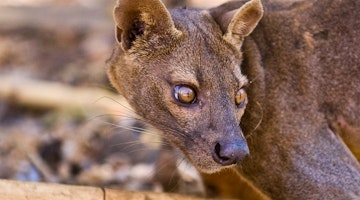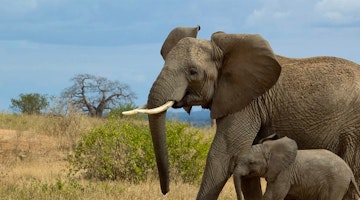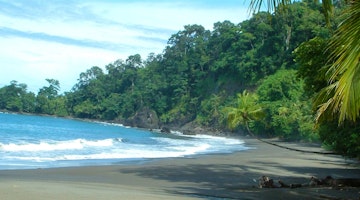The Serengeti in Tanzania is one of the most famous wildlife reserves in the world, always a popular choice for an Africa safari, and it has captured even more hearts in with the BBC's Serengeti documentary, giving us a glimpse into the lives of the animals like lions, hyenas and baboons that call the vast Serengeti home.
The abundance of wildlife in the Serengeti makes for incredible game viewing.
On the open, grassy savannah, antelope species include eland, Grant’s and Thomson’s gazelles, topi and hartebeest. In the denser bush and acacia of the central Serengeti, leopard sightings are among the best in Africa, and cheetahs and lions are often found lolling in the sun. In the rivers, hippos and crocodiles lurk, breaching the surface and offering exciting glimpses of their power and strength.
Africa's Serengeti is a highlight for any traveller to this wonderful continent, the perfect stop on a journey around Tanzania's northern circuit or a destination for a Tanzania safari in its own right.
The game is plentiful year-round, and of course we cannot forget one of the most incredible natural phenomena in the world: The Great Migration
The Great Migration in Tanzania
From December to July, vast herds of wildebeest and zebra gather in columns up to 40km long for the triangular trek from Tanzania to Kenya in search of fresh grazing pastures
December – March
The wildebeest give birth on the lush plains of southern Serengeti. Ndutu Lodge, Serengeti Serena, Mbuzi Mawe and the lodges at Ngorongoro Crater - &Beyond Ngorongoro Crater Lodge, Ngorongoro Serena Lodge and Ngorongoro Sopa Lodge - are well located. Seasonal mobile camps are set up in the Ndutu and Moru Kopies area.
April – June
As the grazing thins, the animals migrate west through the central Serengeti, towards the Grumeti River. Kirawira, Mbalageti Serengeti, &Beyond Grumeti Serengeti Tented Camp and the seasonal mobile camps are all perfectly positioned.
July – August
The migration heads north towards Kenya. Klein’s Migration Camp, Sayari and the seasonal camps in Loliondo such as Nduara Loliondo are best at this time.
September – November
The herds are in Kenya’s Masai Mara, where they remain until the end of October. It is the dry season, when game viewing in Tanzania's Tarangire National Park is at its best.
Craig Kaufman
Travel Specialist
Looking for inspiration?
You'll find expert travel guides, holiday ideas and insider tips now on the Rainbow blog

Top 5 First Time Safari Destinations

10 Strange Animals and Where to Go to See them


Salar De Uyuni - The World's Largest Salt Flat


Top five South Africa Safari lodges

Sustainable Tourism In Corcovado National Park, Costa Rica

Why Choose Us?
Passionate travel experts
- We've been leading wildlife travel since our first South Africa tours over 25 years ago
- Our Travel Specialists have lived in their specialist area for years
- We work with local guides to immerse you deeper in our diverse range of experiences
Personal & tailor-made
- You'll speak to your own expert who'll share their first-hand knowledge
- We'll make your itinerary seamless with 24/7 emergency contact available
- Your Travel Specialist will listen to ensure you have the best chance of seeing the wildlife you love
Responsible by nature
- We take care to actively contribute to the conservation of environments we visit
- For select countries, we make a charitable donation on your behalf when you make your booking
- We've partnered with conservation experts and NGOs to curate responsible tours
For the latest travel advice from the Foreign, Commonwealth and Development Office check www.gov.uk/travelaware










